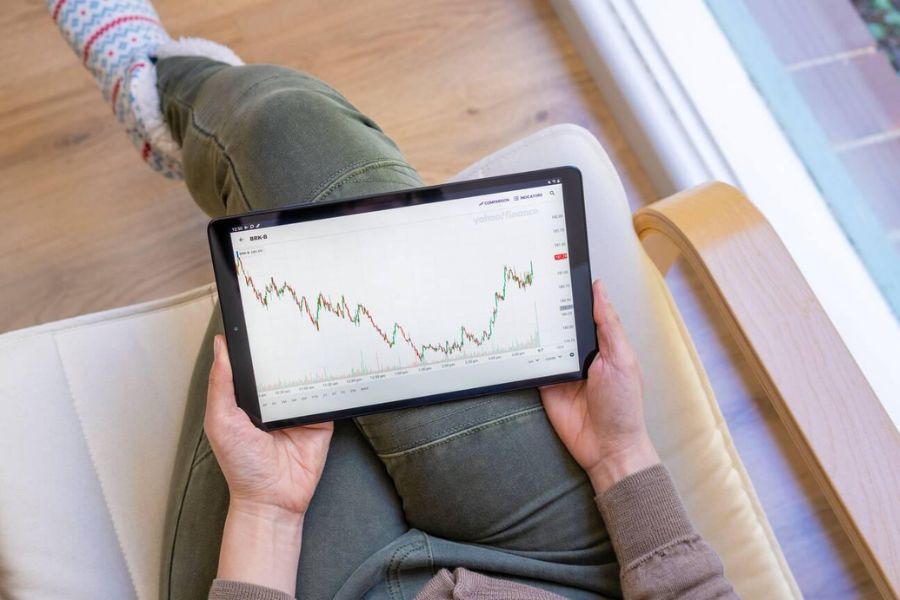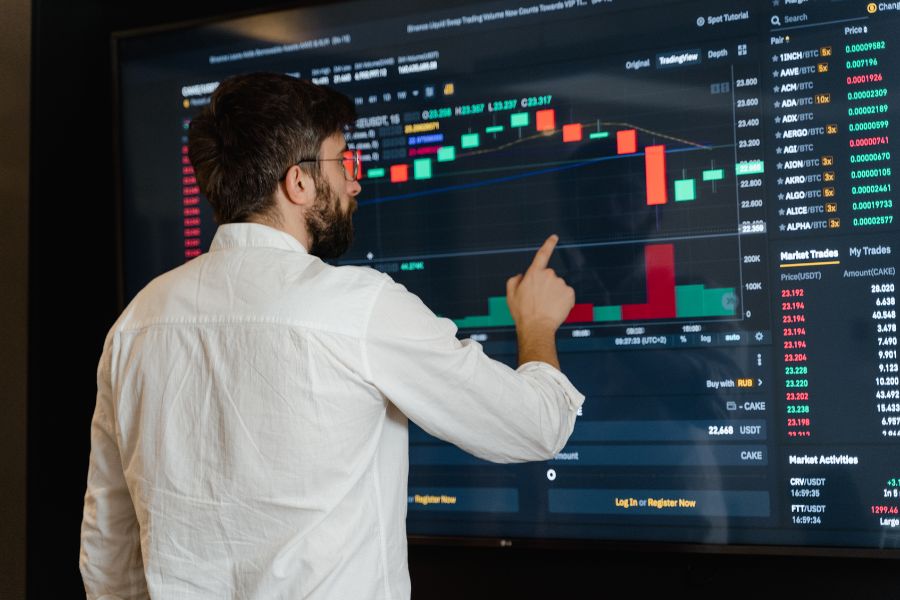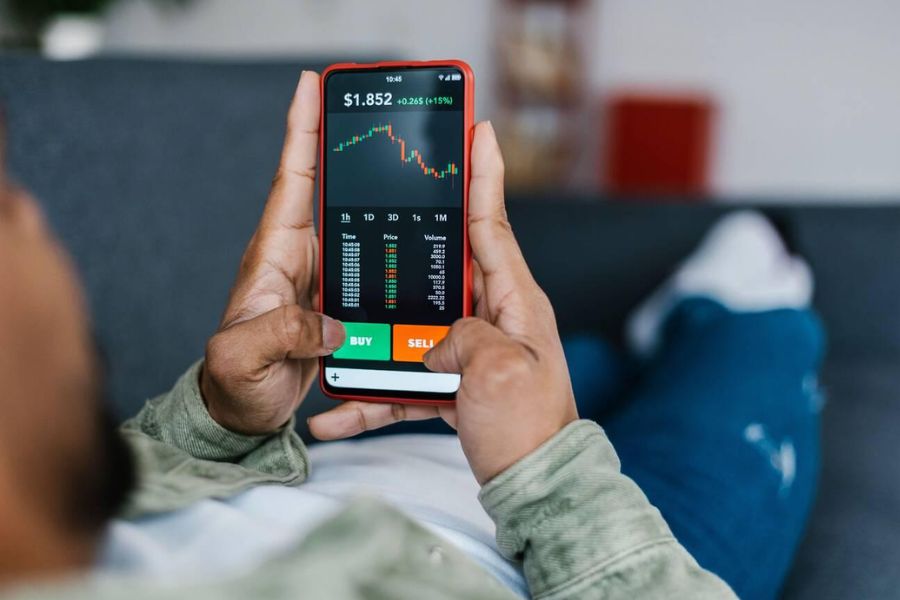I started with a single stock that cost just $1. It wasn’t luck or a one-time fluke—it was a simple, repeatable approach built on research, timing, and discipline. By following a clear strategy, I turned that $1 stock into $50,000 in just three years. I never chased hype or gambled on random picks. Instead, I searched for undervalued companies with strong growth potential. I bought in at the right time and held on as the value increased. Along the way, I reinvested profits and adjusted my portfolio to keep the momentum going. You can follow a similar path by learning how to spot opportunities, manage risk, and let compounding work in your favor. The process is straightforward, but it takes patience and a willingness to act when the numbers make sense.

Key Takeaways
- Small investments can grow significantly with the right strategy.
- Consistent research and timing are critical for success.
- Reinvesting profits speeds up long-term growth.
How the $1 Stock Strategy Works
I treated my single dollar like a real investment. I bought fractional shares, reinvested every gain, and stuck to a plan that balanced growth with manageable risk.
My results came from steady returns, compounding, and the discipline to stay invested through market ups and downs.
Core Principles Behind the Strategy
I avoided chasing quick wins. Instead, I built consistent investing habits. I put money into assets I understood and could track over time. Fractional share investing let me buy into strong companies, even when their share prices were high. This approach removed the barrier of needing large amounts of cash upfront. I also kept my portfolio diversified.

Even with small amounts, I spread investments across multiple sectors. This reduced the chance of one bad pick wiping out my gains. Reinvesting every profit became my most important habit. Whether from dividends or price growth, I rolled it back into the market. This simple step fueled the growth from $1 toward much larger numbers.
Compounding and Annual Return Requirements
The math behind the growth was simple. I aimed for an average annual return high enough to multiply my capital quickly, but I avoided reckless risks. To turn $1 into $50,000 in three years, the return rate had to be extremely high—well above typical market averages. That’s why I focused on high-growth opportunities like small-cap stocks and certain tech plays, while still managing risk.
Compounding worked in my favor because each gain built on the last. A 50% gain on $10 is just $5, but a 50% gain on $10,000 is $5,000. I stayed fully invested and reinvested every dollar to let this snowball effect work.
Role of Patience and Risk Management
Patience challenged me the most. I had to sit through price drops without panicking. Selling too early would have stopped compounding before it could work. I set clear risk limits for each trade. If a stock dropped past my set percentage loss, I sold it and moved the money elsewhere. This kept small losses from becoming big ones.

I avoided overtrading. Constant buying and selling would have added costs and reduced gains. By sticking to a disciplined plan, I gave my investments time to grow while keeping risks in check.
Turning $1 Into $50,000: Real Examples and Key Factors
I’ve seen how a small amount of money can grow quickly when the right stocks, timing, and risk management come together. Strong returns often come from companies in fast-growing industries, paired with a disciplined approach to buying and selling.
Success Stories From the Stock Market
Nvidia (NVDA) stands out as a striking example. In just a few years, its share price multiplied several times thanks to booming demand for AI and graphics chips. Meta Platforms (META) also rebounded sharply after a tough year, turning early 2023 buyers into big winners by 2025.
In my own research, I’ve seen cases where a $1 stake in a high-growth stock compounded at over 200% annually for a short period. These rare events happen when a company’s earnings and market share grow faster than expected.
Here’s a quick look at what that kind of growth can do:
| Starting Amount | Annual Growth Rate | Value After 3 Years |
|---|---|---|
| $1 | 200% | $27 |
| $1 | 500% | $126 |
| $1 | 900% | $1,000+ |
While these numbers look extreme, they show how compounding magnifies gains when returns are high.
Selecting High-Growth Stocks and Sectors
I focus on sectors where innovation drives rapid revenue growth—like semiconductors, cloud computing, and renewable energy. These areas often have companies with the potential to double or triple sales in a short time. For example, during the AI boom, Nvidia’s revenue growth far outpaced the broader stock market.

Electric vehicle makers like Tesla saw huge spikes in value when demand surged.
When I choose stocks, I look for:
- Strong earnings growth over several quarters
- Expanding market share in a growing industry
- Clear competitive advantages that are hard to copy
I avoid buying purely on hype. I want a solid business model that can sustain growth, even if the market slows.
Portfolio Diversification Techniques
Even when I chase high returns, I don’t put all my money into one company. I spread my portfolio across several high-growth stocks and a few stable holdings. For instance, I might hold Nvidia, Meta Platforms, and a renewable energy stock for growth, while keeping some in index funds for stability.
This mix helps manage risk. If one stock underperforms, the others can balance it out. I also set position limits. No single stock makes up more than 20% of my portfolio. This way, I protect myself from a total loss if a company’s business collapses. Regularly reviewing performance helps me avoid holding losers too long and lets me add to winners when momentum is strong.
Maximizing Growth: Modern Strategies and AI Influence
I use tools and methods that give me an edge in finding strong investments and protecting gains. Data-driven systems help me choose stocks with higher potential. Careful planning shields my portfolio from rising prices and unstable markets.
Leveraging AI for Stock Selection
AI-powered platforms scan thousands of stocks in seconds. These systems analyze historical price data, earnings reports, and market sentiment from news and social media. This helps me spot patterns I might miss on my own. Some AI models, like those used in large funds, cut trading costs and improve timing by reacting to price changes in milliseconds.

That speed matters when market conditions shift quickly. I also rely on natural language processing (NLP) tools to read financial news and classify sentiment as positive, negative, or neutral.This gives me a clearer picture of how investors feel about a company before I buy. By combining AI signals with my own research, I avoid chasing hype and focus on stocks with strong fundamentals and growth potential.
Navigating Market Volatility and Inflation
When inflation rises, the value of future earnings drops, and that can hurt stock prices. I track inflation trends closely and adjust my positions to favor sectors that tend to perform better in these conditions, like energy or consumer staples.
I keep a portion of my portfolio in inflation-resistant assets. These might include companies with strong pricing power that can pass higher costs to customers without losing sales.
During volatile periods, I use stop-loss orders to protect gains and limit losses. I also reduce exposure to highly leveraged companies, since debt becomes more expensive when interest rates climb.
This approach helps me stay invested while reducing the risk of large drawdowns.
Frequently Asked Questions
I focus on clear, practical investment steps that anyone can follow with the right discipline. From using calculators to project gains to understanding realistic return rates, I rely on proven strategies and accurate math to guide my decisions.
What are the best strategies to turn $50,000 into passive income through stock investments?
I look for dividend-paying stocks with a history of stable payouts. Companies in utilities, consumer staples, and large-cap tech often fit this profile. Reinvesting dividends helps grow my holdings faster. Over time, this increases both my share count and my total dividend income.
Can you explain how to use a stock gain calculator to project potential earnings?
I enter my investment amount, share price, and expected growth rate into the calculator. If dividends are involved, I include the yield and whether I plan to reinvest them. This helps me see how my investment could grow over different time periods and under various return scenarios.
What are proven methods to double an investment, like turning $50,000 into $100,000, within a year?
Doubling money in a single year is rare and carries high risk. I’ve seen it happen with concentrated bets on high-growth stocks or during strong bull markets. I only consider this approach if I can afford to lose the money and I’ve done deep research on the companies involved.
What are the steps to potentially grow a $50,000 investment into a million, as discussed on investment forums like Reddit?
From what I’ve read and experienced, this usually involves aggressive growth investing, reinvesting all profits, and holding for several years. It often means targeting emerging sectors like renewable energy or AI, but it also requires accepting high volatility and the possibility of large losses.
How do you calculate the gain or loss on a stock investment accurately?
I subtract my purchase price from my selling price to find the raw gain or loss. Then, I divide that number by my purchase price and multiply by 100 to get the percentage. If I received dividends, I add them to the total gain before calculating the percentage.
What returns can I expect if my stock investment goes up by 100 percent?
A 100% gain means your investment doubles in value
For example, if you invest $5,000, it grows to $10,000.
Keep in mind, taxes and fees can lower your final returns.
Always consider these extra costs when calculating your actual profit.


